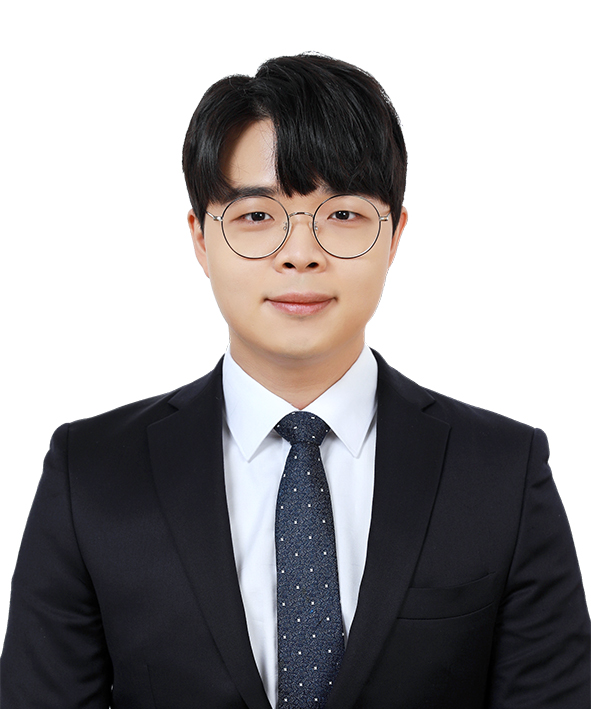Seungjae (Jay) Lee
I am first-year Ph.D. student at UMD Department of Computer Science 💻, co-advised by professors Furong Huang and Jia-Bin Huang.
Prior to UMD, I had my Masters Degree in Department of Aerospace Engineering ✈️ at SNU advised by Prof. H. Jin Kim. I also spent time at Generalizable Robotics and AI Lab (GRAIL) 🤖 at NYU, advised by Prof. Lerrel Pinto. I worked on enhancing the data efficiency of Reinforcement Learning (RL) and Imitation Learning (IL) systems and applied them to various decision-making scenarios, including real-world robots.
Before that, I received Bachelor's degrees in Mechanical and Aerospace Engineering at SNU ⚙️.
"💻 + ✈️ + ⚙️ + 🤖 = Me — a researcher bridging AI, robotics, and engineering for the future!"
News
- 05/2024: A paper on multi-modal behavior generation for robot agents were accepted to ICML 2024 (Spotlight).
- 02/2024: Graduated from the master's program at Seoul National University (Aerospace Engineering).
- 12/2023: Presented two papers on curriculum learning for robot agents at NeurIPS 2023.
- 07/2023: Presented a paper on 3D representation learning for robot agents at ICML 2023.
- 05/2023: Presented a paper on exploration for RL at ICLR 2023 (Spotlight).
Education & Affiliations
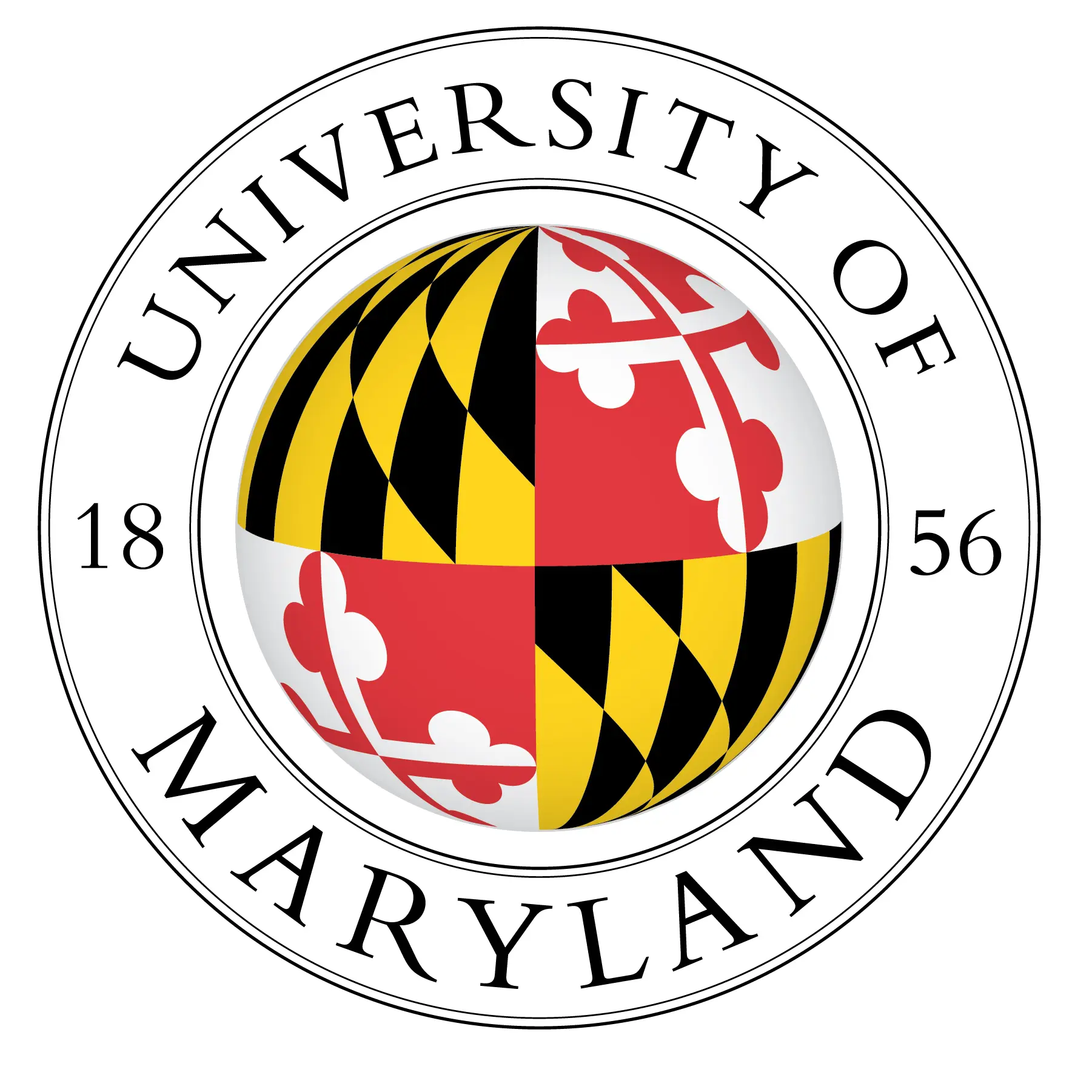
Ph.D. in Computer Science
Advised by Professor Furong Huang and Professor Jia-Bin Huang.
Aug 2024 - Present | College Park, MD
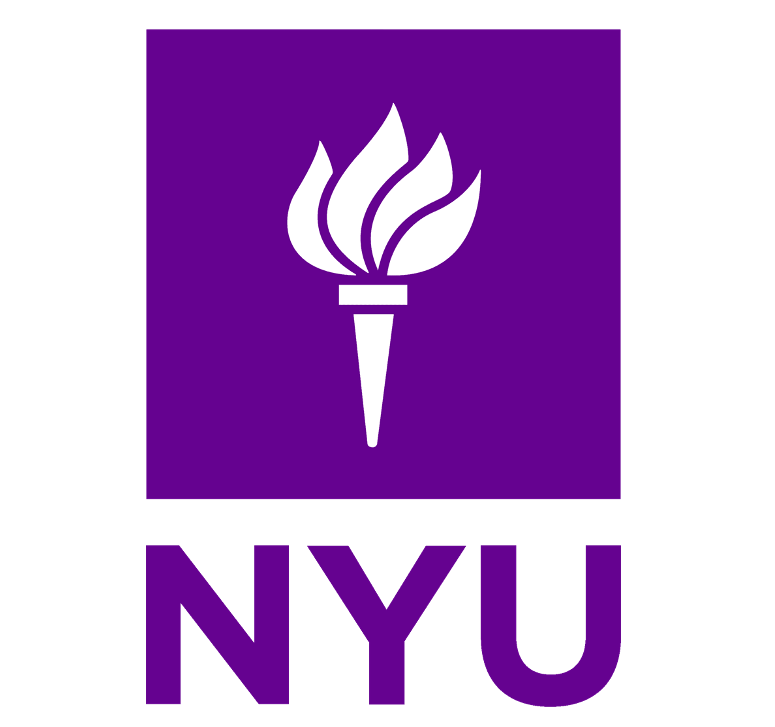
Visiting Research
Advised by Professor Lerrel Pinto.
Jul 2023 - Jun 2024 | New York, NY
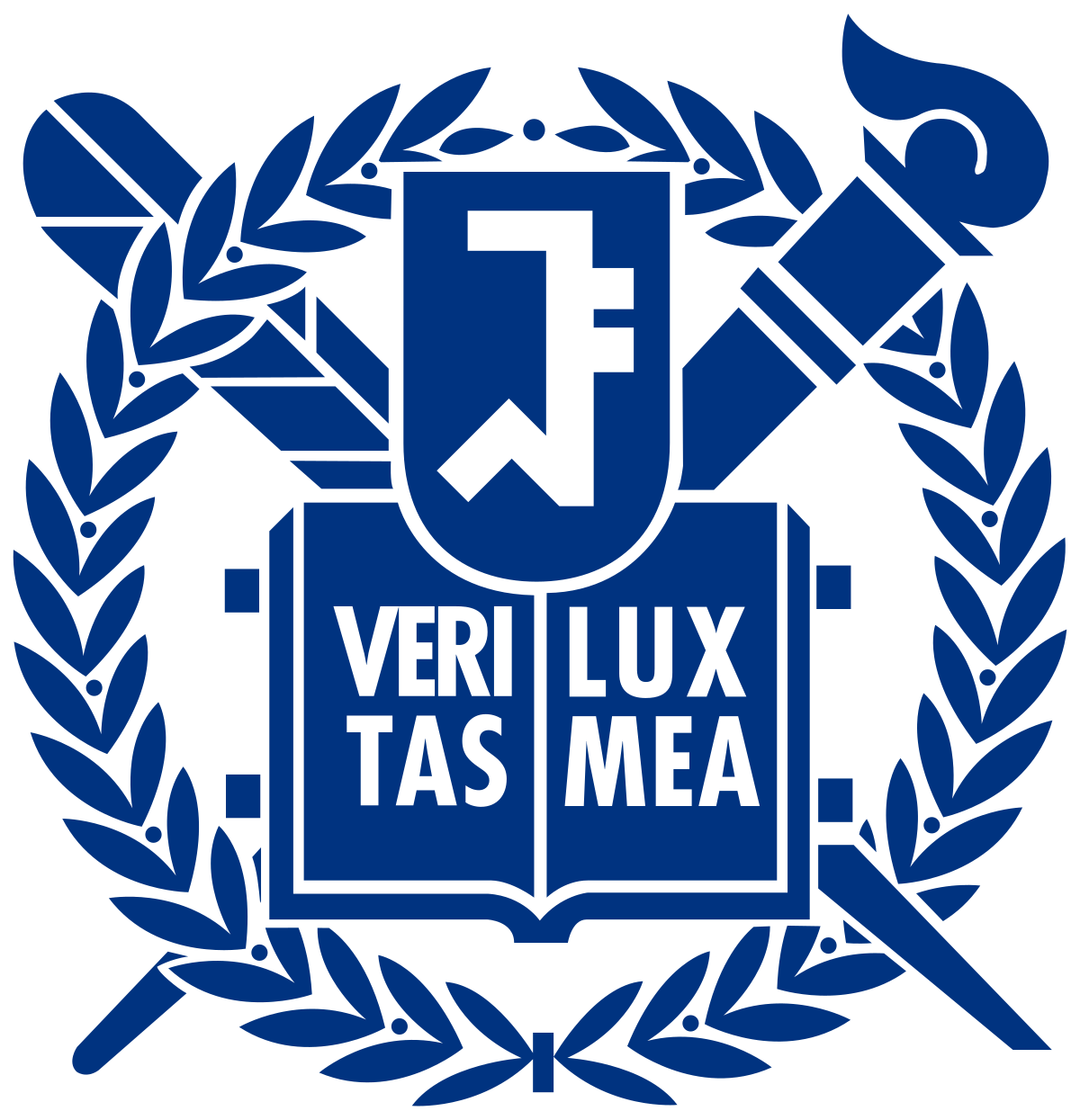
M.S. in Aerospace Engineering
Advised by Professor H. Jin Kim.
Mar 2021 - Feb 2024 | Seoul, Korea

B.S. in Mechanical & Aerospace Engineering
Mar 2015 - Feb 2021 | Seoul, Korea
Research
My research interest is understanding the interaction between agents and environments, and devising data-efficient decision-making (or robot learning) algorithms, especially in the field of reinforcement learning (RL).
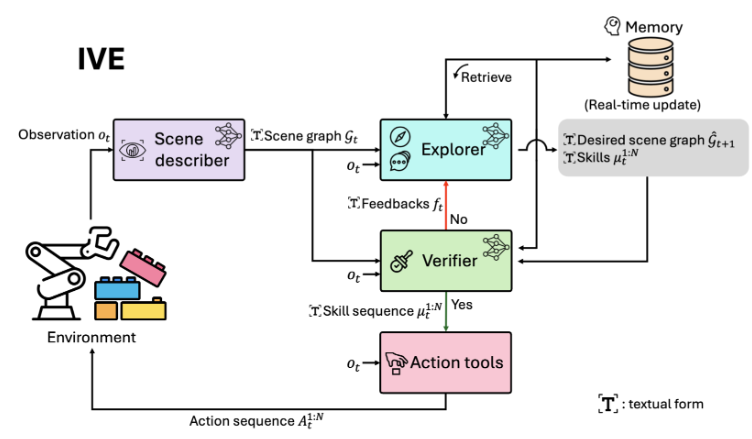
Seungjae Lee*, Daniel Ekpo*, Haowen Liu, Furong Huang†, Abhinav Shrivastava†, Jia-Bin Huang†
(*equal contribution, †equal advising)
project website / arXiv
IVE (Imagine, Verify, Execute) is a vision-language model-driven framework that enables robots to imagine, verify, and execute physically plausible exploratory behaviors, leading to more diverse state coverage and exploration efficiency.
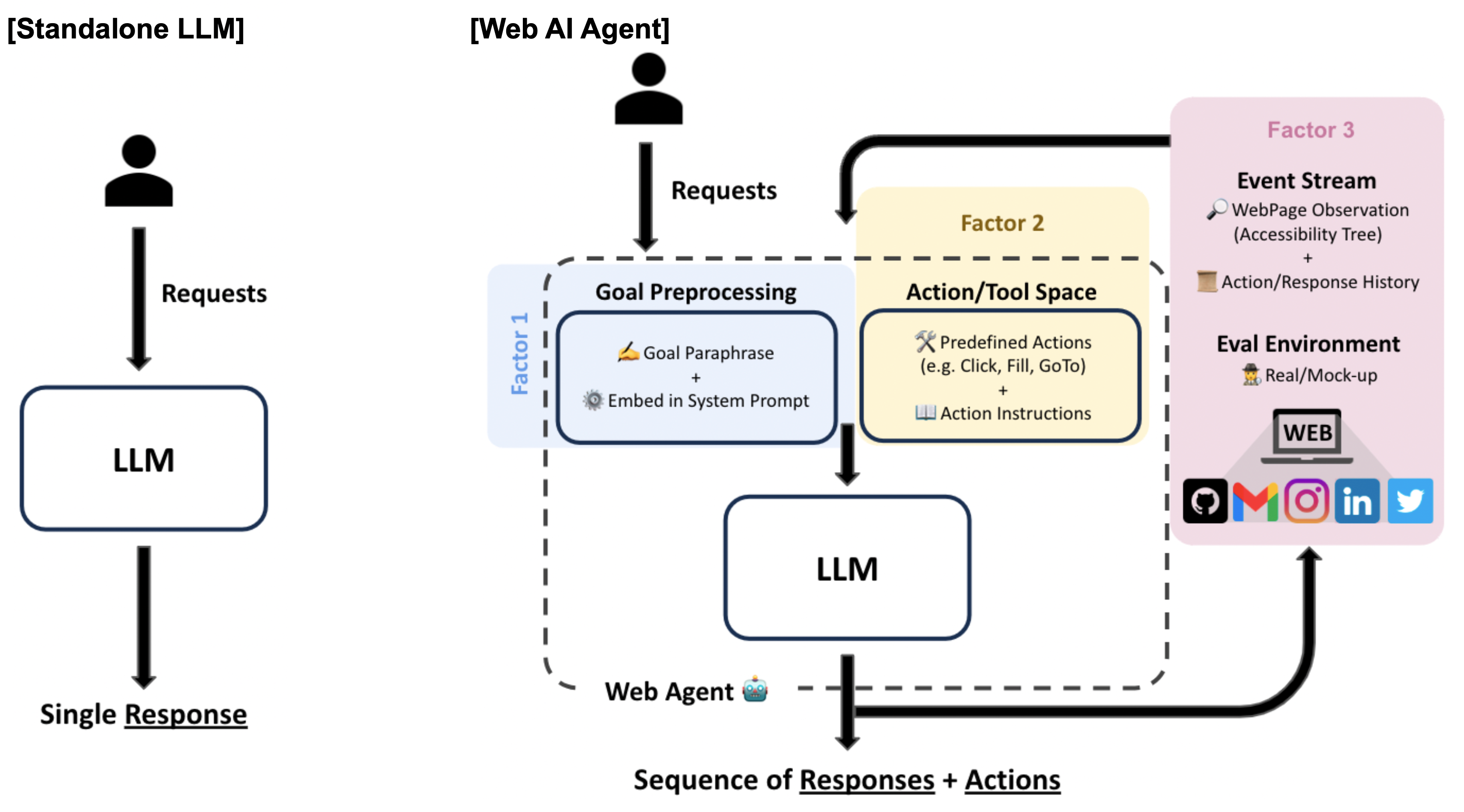
Jeffrey Yang Fan Chiang*, Seungjae Lee*, Jia-Bin Huang, Furong Huang, Yizheng Chen
(*equal contribution)
+ ICLR 2025 Workshop Building Trust in Language Models and Applications project website / arXiv
Recent studies reveal alarming security flaws in Web AI agents—making them shockingly prone to adversarial attacks, even when built with safety-aligned LLMs. Our research uncovers why these vulnerabilities exist and how they compare to standalone LLMs.
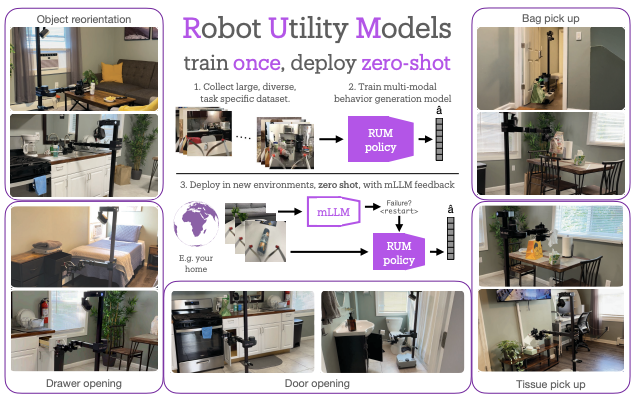
Haritheja Etukuru, Norihito Naka, Zijin Hu, Seungjae Lee, Julian Mehu, Aaron Edsinger, Chris Paxton, Soumith Chintala, Lerrel Pinto, Nur Muhammad Mahi Shafiullah
ICRA, 2025
+ CoRL 2024 Workshop on Language and Robot Learning, "Oral"
project website/ paper/ github
Robot Utility Models (RUMs) is a simple method to build zero-shot robot policies that can solve useful tasks in completely new homes without any additional training often at 90%+ success rate.
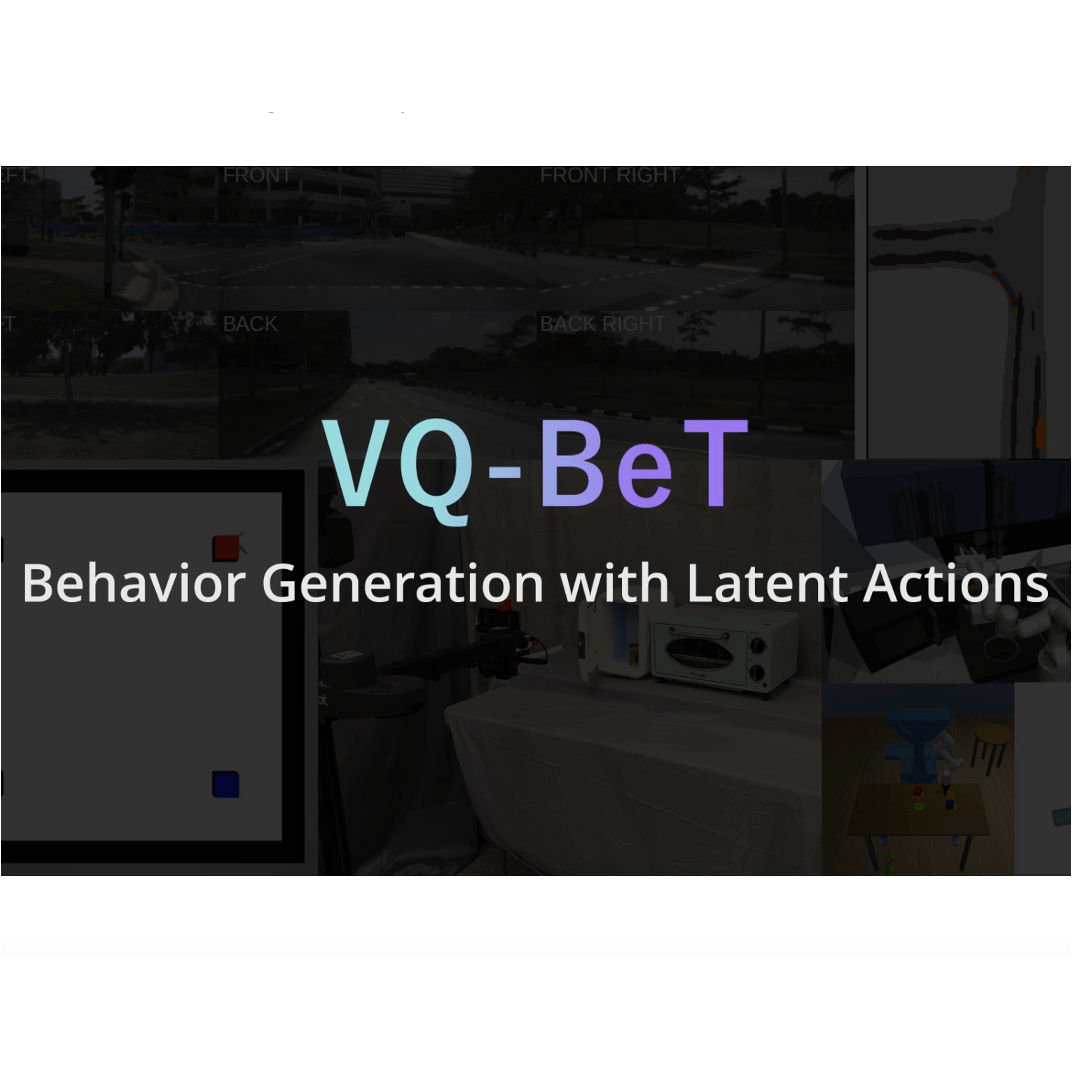
Seungjae Lee, Yibin Wang, Haritheja Etukuru, H. Jin Kim, Nur Muhammad Mahi Shafiullah, Lerrel Pinto
ICML, 2024 Spotlight (Top: 3.5%)
+ RSS 2024 Workshop SemRob, "Oral spotlights"
+ ICML 2024 Workshop MFM-EAI, "Outstanding Paper Award - Winner"
project website/ arXiv/ github/ 🤗 Lerobot Library
We present Vector-Quantized Behavior Transformer (VQ-BeT), a versatile model for multimodal action prediction, conditional generation, and partial observation handling.

Seungjae Lee, Daesol Cho, Jonghae Park, H Jin Kim
NeurIPS, 2023 (Acceptance Rate: 26.07%)
arXiv
In this work, we presents a curriculum learning method that uses a quantized world model to automatically generate effective training goals in high-dimensional state spaces.


Daesol Cho, Seungjae Lee, H Jin Kim
NeurIPS, 2023 (Acceptance Rate: 26.07%)
arXiv
In this work, we develop a method that uses out-of-distribution disagreement to diversify goal selection, enabling curriculum learning from only a few outcome examples.

Dongseok Shim*, Seungjae Lee*, H Jin Kim
(*equal contribution)
ICML, 2023 (Acceptance Rate: 27.96%)
arXiv / github
We present Semantic-aware Neural Radiance Fields for Reinforcement Learning (SNeRL), which jointly optimizes semantic-aware neural radiance fields (NeRF) with a convolutional encoder to learn 3D-aware neural implicit representation from multi-view images.

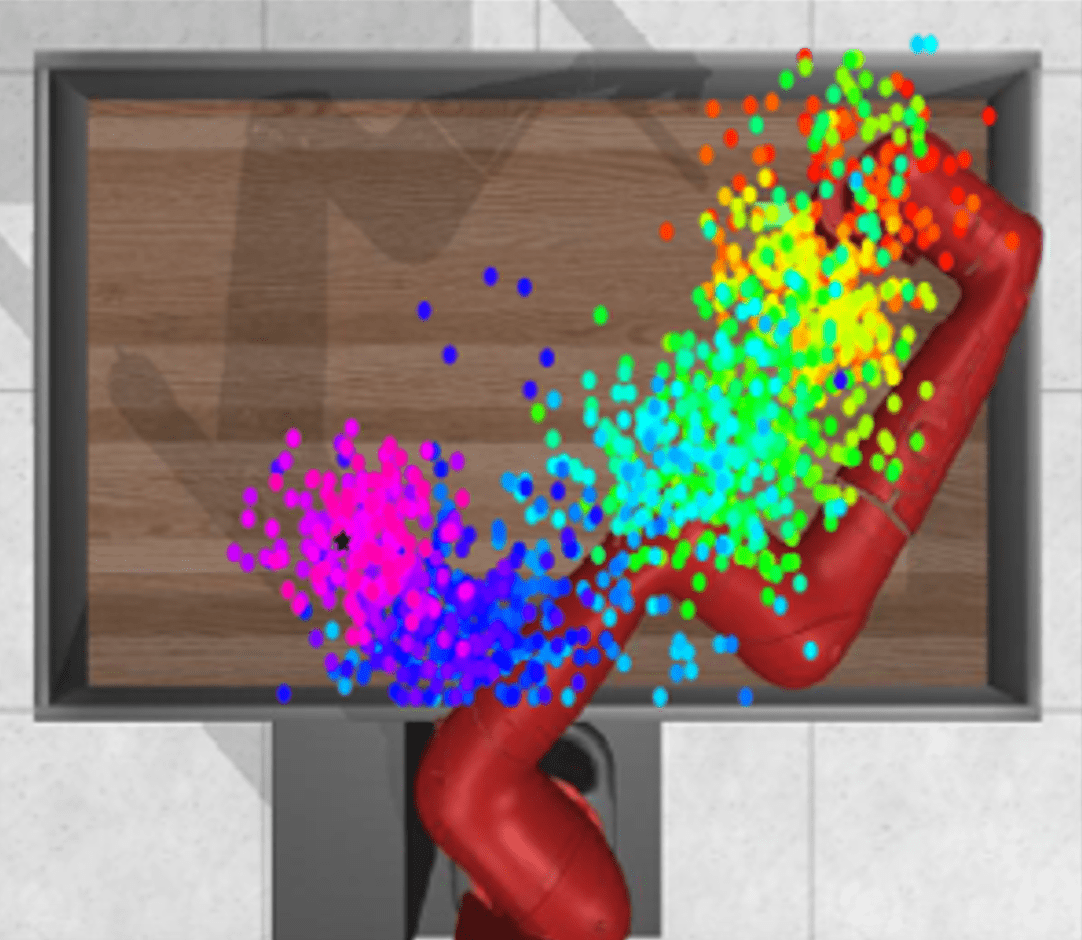
Daesol Cho*, Seungjae Lee*, H Jin Kim
(*equal contribution)
ICLR, 2023 Spotlight (Top: 5.65%)
arXiv / github
We propose an uncertainty & temporal distance-aware curriculum goal generation method for the outcome-directed RL via solving a bipartite matching problem. It can provide precisely calibrated guidance of the curriculum to the desired outcome states.
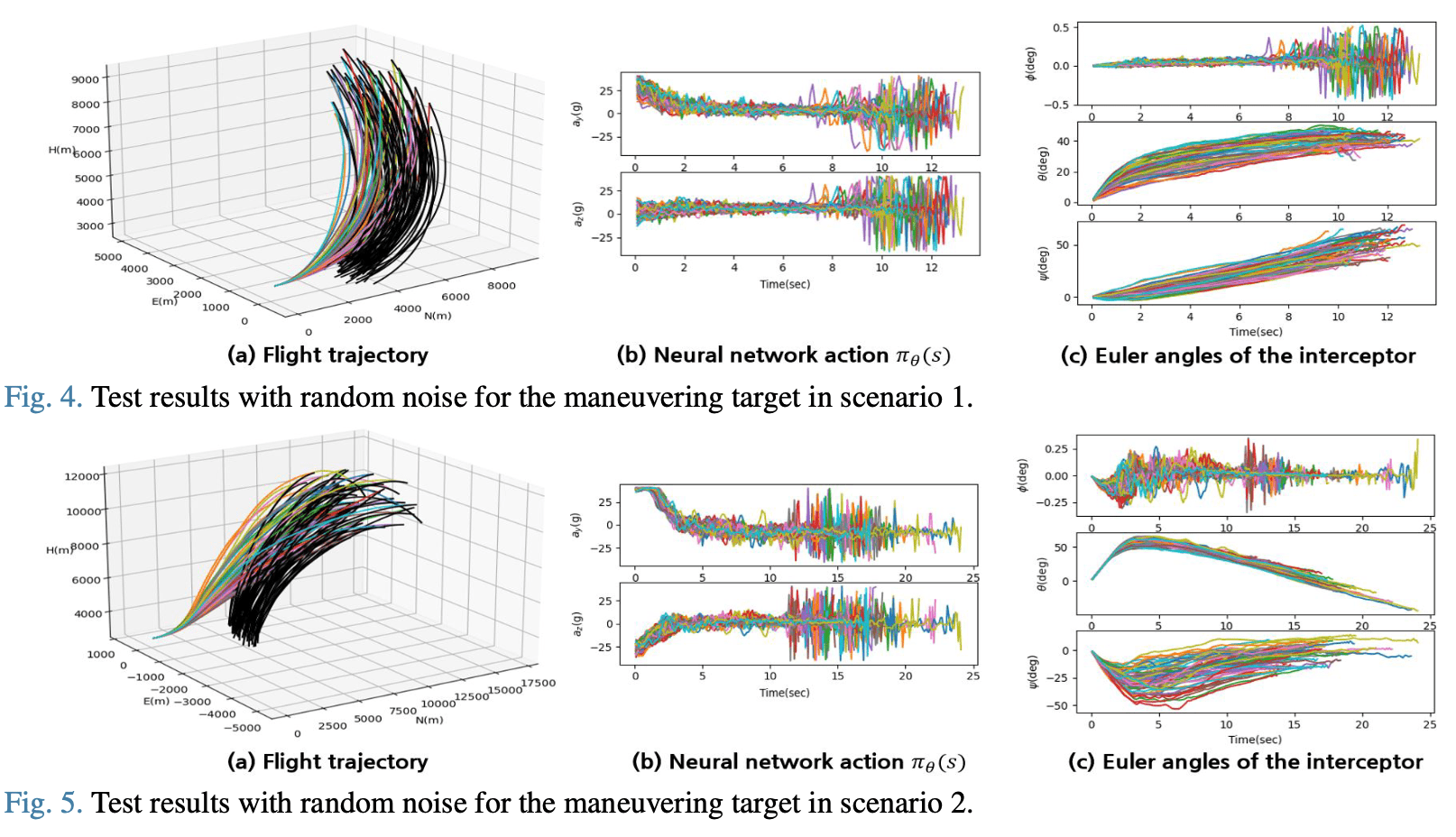
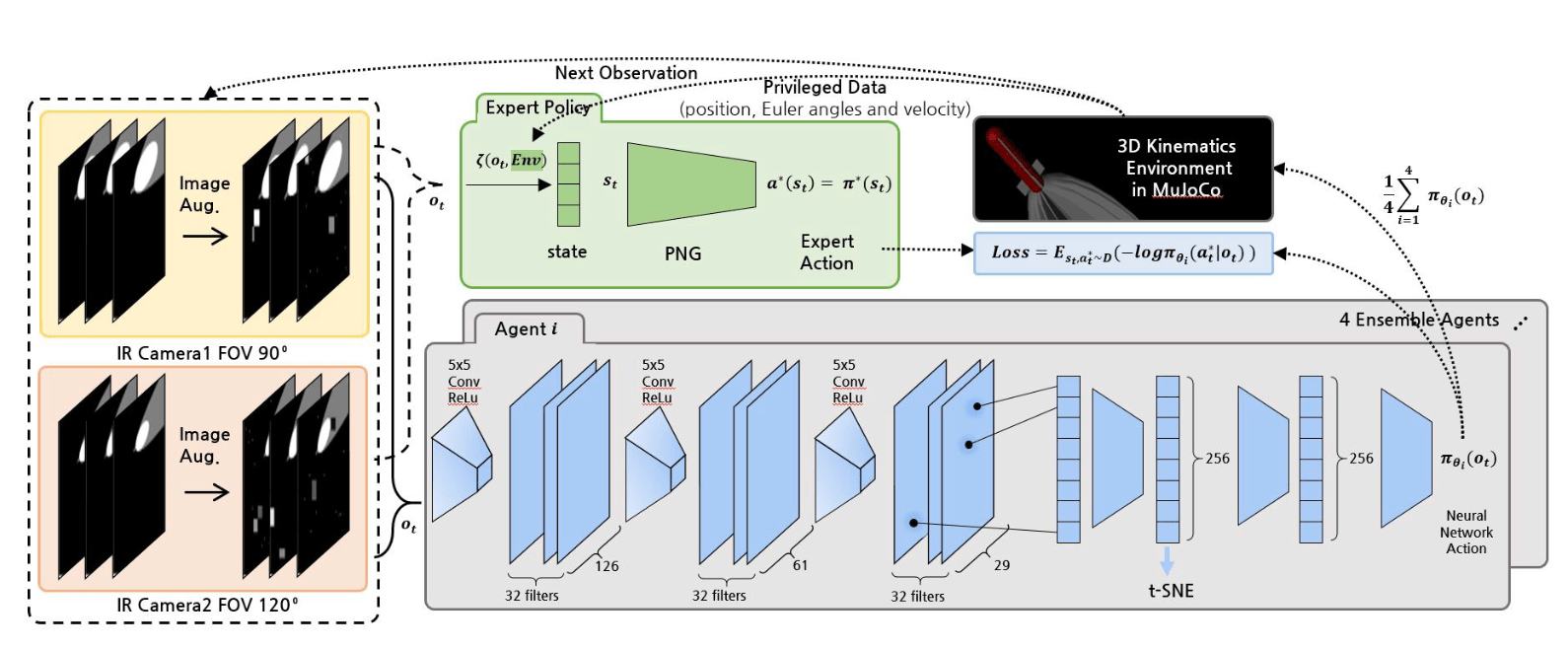
Seungjae Lee, Jongho Shin, Hyeong-Geun Kim, Daesol Cho, H. Jin Kim
IJCAS, 2023
We propose an end-to-end missile guidance algorithm from raw infrared image pixels by imitating a conventional guidance law which leverages privileged data.
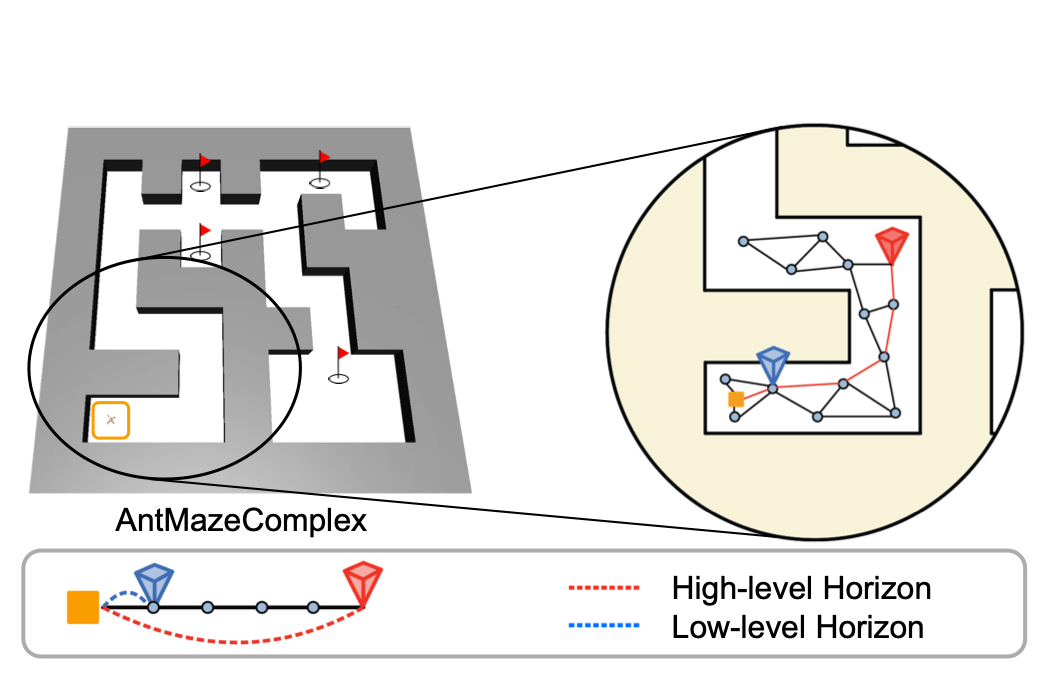
Seungjae Lee, Jigang Kim, Inkyu Jang, H. Jin Kim
NeurIPS, 2022 Oral (Top: 1.76%)
arXiv / github
We present DHRL, a hierarchical reinforcement learning framework that uses a graph-based structure to improve exploration and long-term planning.
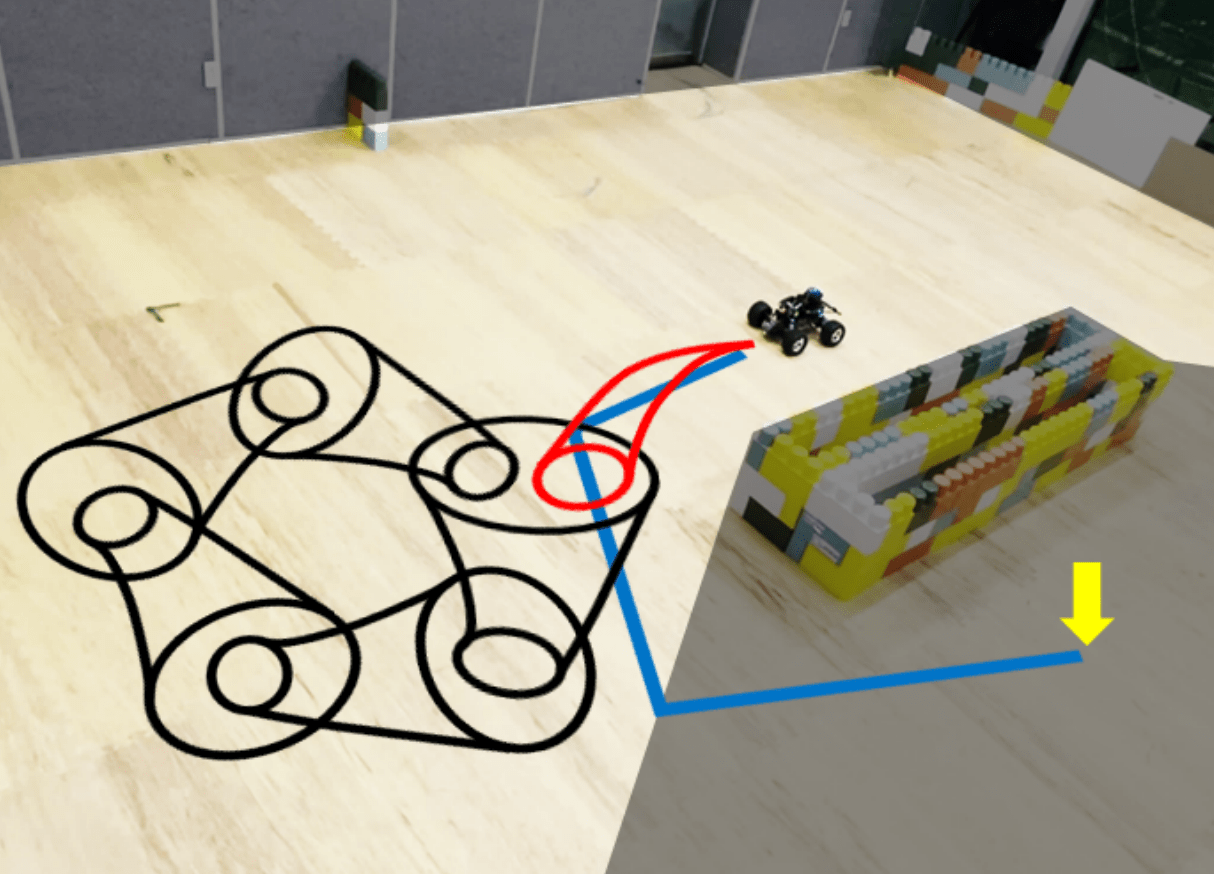
Inkyu Jang, Dongjae Lee, Seungjae Lee, H Jin Kim
IROS, 2021
arXiv
We proposes a trajectory planning algorithm that ensures robust, real-time navigation in unknown environments by maintaining recursive feasibility.
Projects
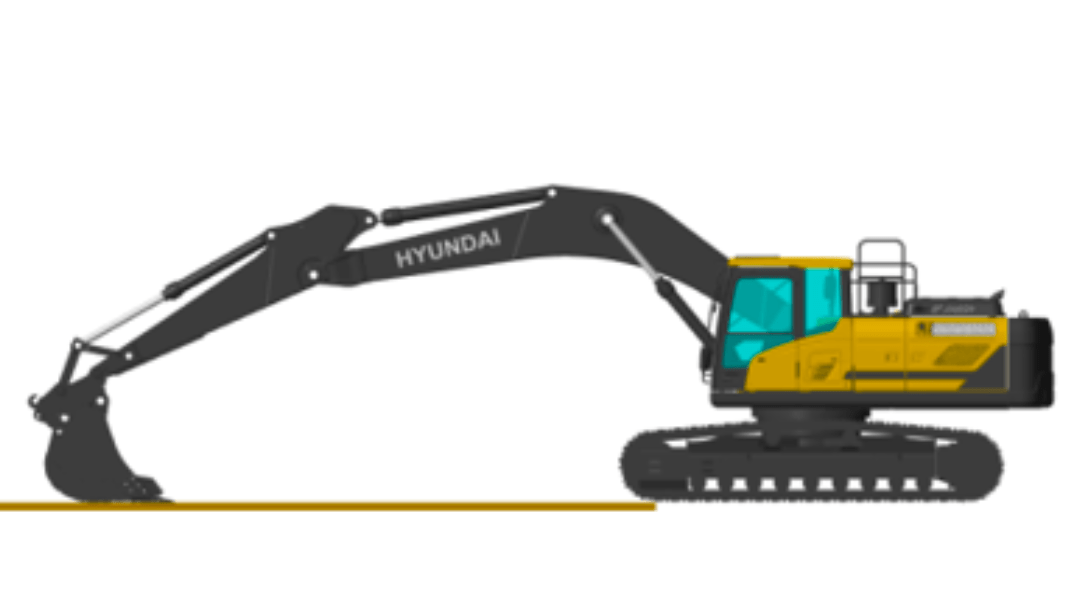
with HD Hyundai Heavy Industries Co., Ltd.
Apr. 2023 - Mar. 2024

with Korean Agency for Defense Development (ADD)
May. 2021 - Apr. 2023
Experiences
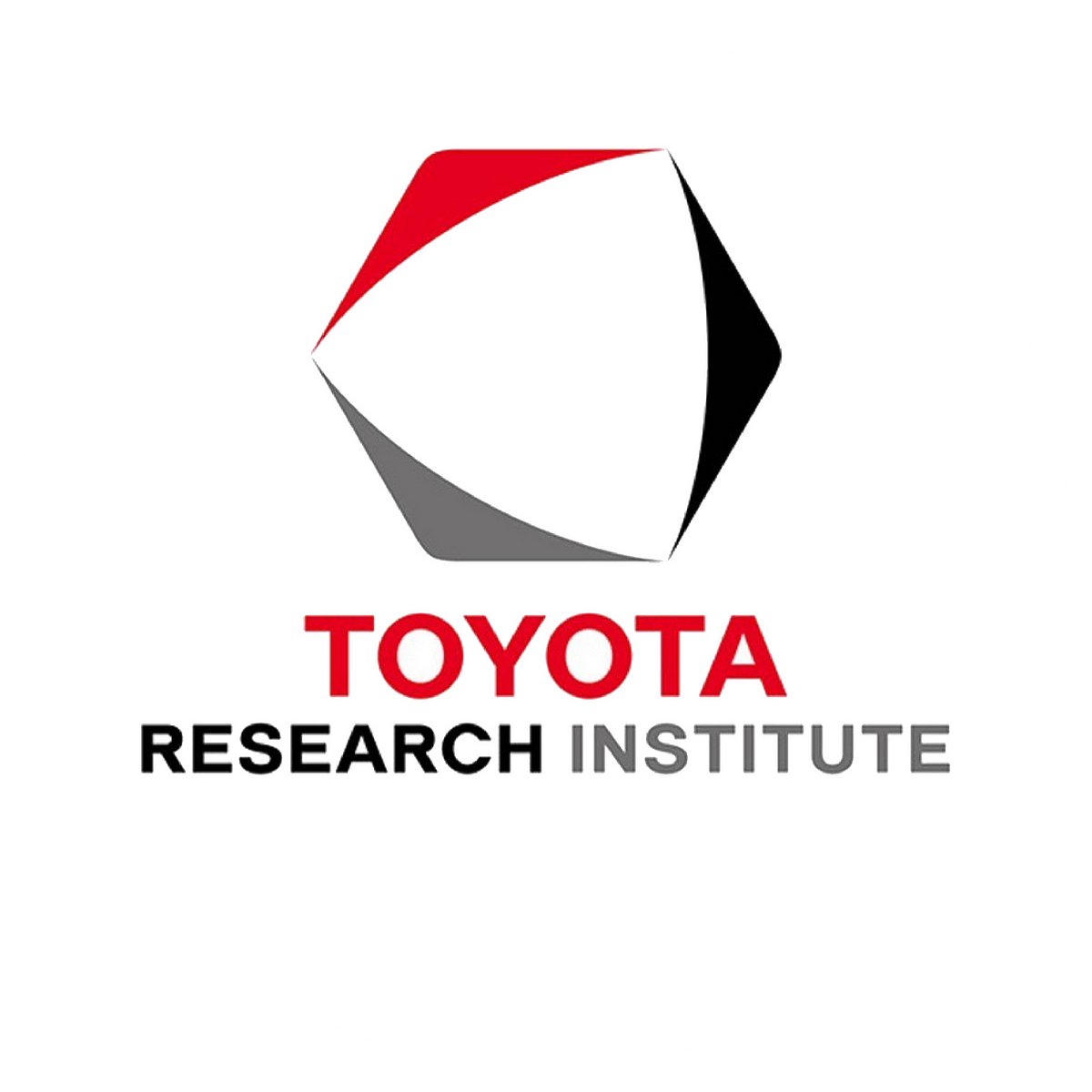
Toyota Research Institute
Large Behavior Model Team Intern
May 2025 - Aug 2025 | Boston, MA
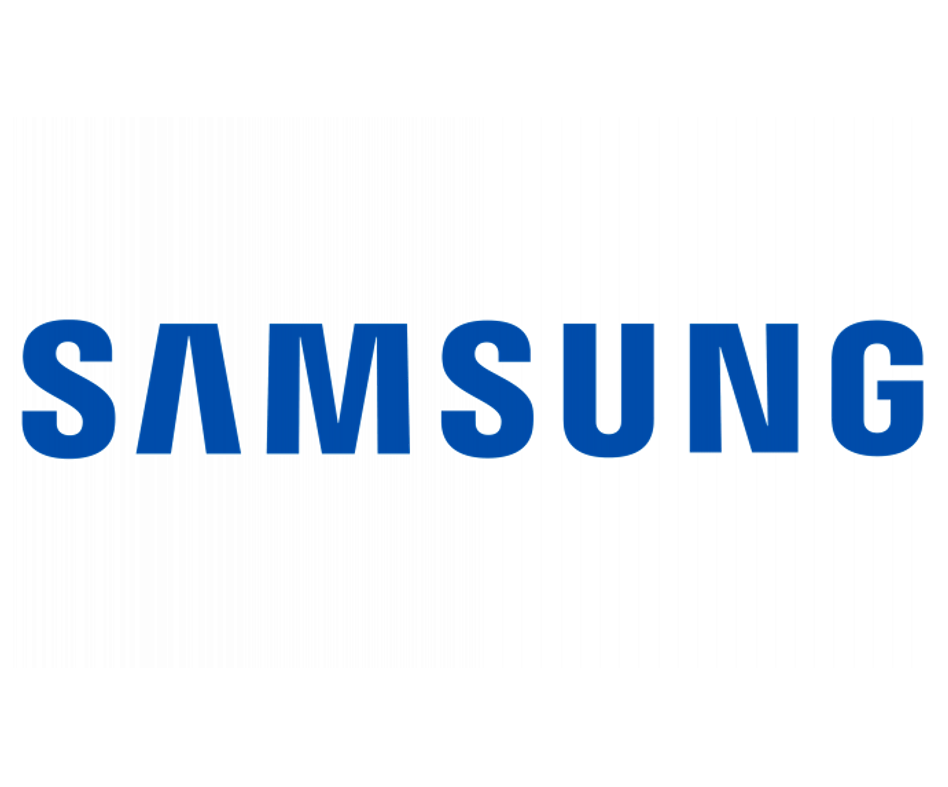
Samsung Electronics
Deep Learning Algorithm Team Intern
Jul 2020 - Sep 2020 | Gyunggi-do, Korea
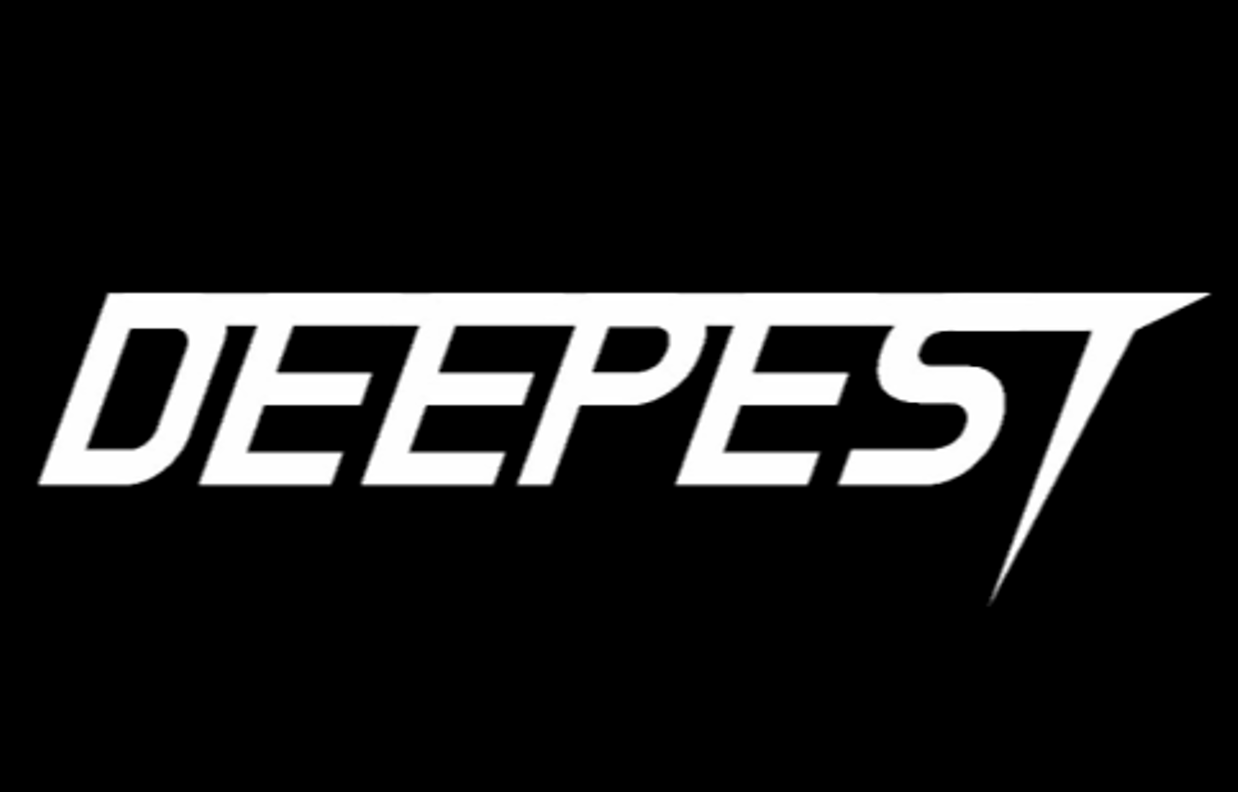
Deepest
Sep 2020 - Feb 2022 | Seoul, Korea
Awards and Achievements
- [Scholarship] Dashin Songchon Foundation (Aug 2024 - Present)
- [Awards] Graduated Summa Cum Laude, Seoul National University (1st prize in Department of Aerospace Engineering)
- [Scholarship] Hyundai Motor Chung Mong-Koo Foundation (Aug 2021 - Jul2023)
- [Awards] NeurIPS Scholar Award
- [Awards] Global Excellence Scholarship 2022, Hyundai Motor Chung Mong-Koo Foundation
- [Awards] Best poster competition, SNU Artificial Intelligence Institute Spring Retreat
- [Awards] Global Excellence Scholarship 2023, Hyundai Motor Chung Mong-Koo Foundation
Academic Services
- Program Committee, RSS 2024 SemRob Workshop
- Conference reviewer for ICML'22 '24 '25
- Conference reviewer for IROS'23
- Conference reviewer for NeurIPS'23 '25
- Conference reviewer for ICLR'24 '25
- Conference reviewer for ICRA'24 '25
- Conference reviewer for AAAI'25
- Conference reviewer for CORL'25
- Conference reviewer for RSS'25
